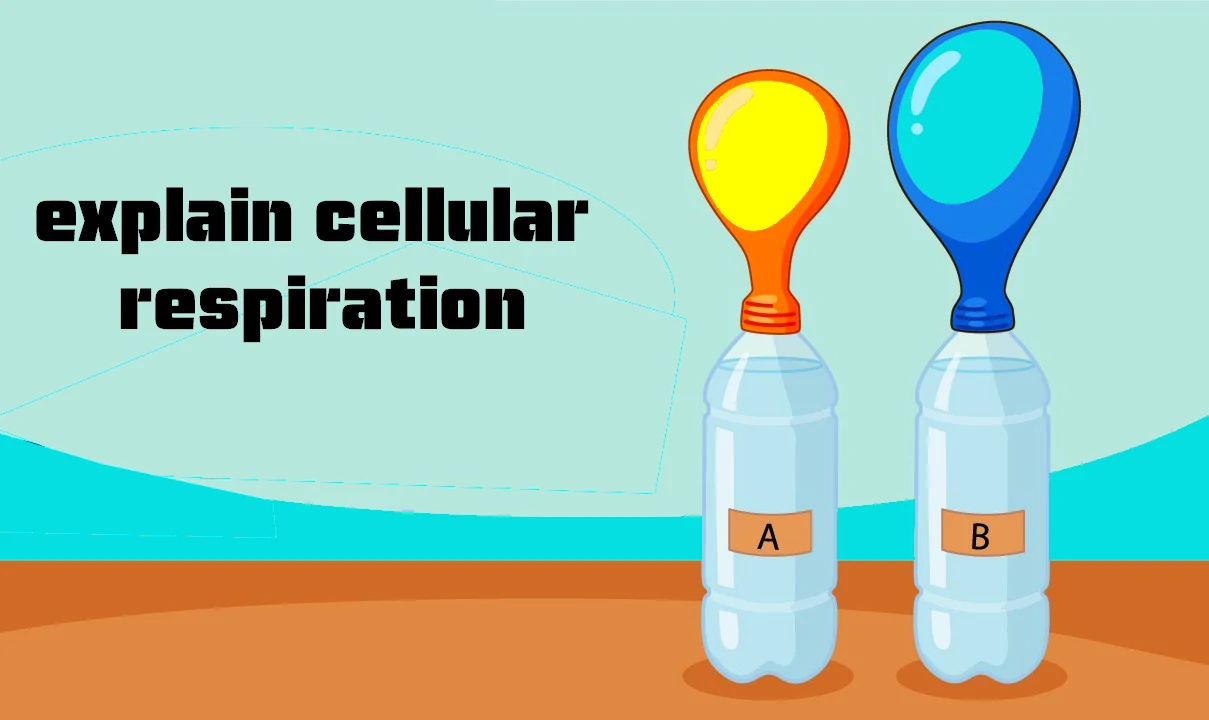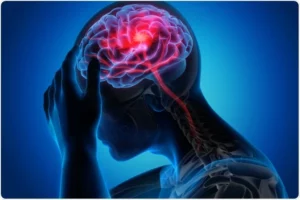Explain Cellular Respiration : Cellular respiration is the process by which cells extract energy from organic molecules, such as glucose, and convert it into a form that can be used for various cellular activities. This process occurs in the mitochondria of eukaryotic cells and involves several stages, including glycolysis, the citric acid cycle (or Krebs cycle), and the electron transport chain.

Here’s a brief overview of cellular respiration:
- Glycolysis:
- Location: Cytoplasm
- Glycolysis is the first step of cellular respiration and occurs in the cytoplasm. During glycolysis, a molecule of glucose (a six-carbon sugar) is broken down into two molecules of pyruvate (a three-carbon compound).
- This process generates a small amount of ATP (adenosine triphosphate) and NADH (nicotinamide adenine dinucleotide), which are energy-carrying molecules.
- Citric Acid Cycle (Krebs Cycle):
- Location: Mitochondrial matrix
- After glycolysis, pyruvate enters the mitochondria, where the citric acid cycle takes place. In this cycle, each pyruvate is further broken down, releasing carbon dioxide and producing energy carriers such as NADH and FADH2.
- The citric acid cycle also generates some ATP directly.
- Electron Transport Chain (ETC) and Oxidative Phosphorylation:
- Location: Inner mitochondrial membrane
- NADH and FADH2, produced in glycolysis and the citric acid cycle, carry high-energy electrons to the electron transport chain embedded in the inner mitochondrial membrane.
- As electrons move along the chain, energy is released and used to pump protons (H+ ions) across the membrane, creating an electrochemical gradient.
- The flow of protons back into the mitochondrial matrix through ATP synthase drives the synthesis of ATP from ADP (adenosine diphosphate) and inorganic phosphate, a process known as oxidative phosphorylation.
Explain Hydrological Cycle – A Step by Step Guide
The overall chemical equation for cellular respiration is:
- C6H12O6+6O2→6CO2+6H2O+Energy (ATP)
This equation represents the breakdown of glucose (C6H12O6) in the presence of oxygen (O2), resulting in the production of carbon dioxide (CO2), water (H2O), and energy in the form of ATP. Cellular respiration is essential for providing the energy necessary for the functioning and survival of cells.
Overall, cellular respiration is a highly efficient process that extracts energy stored in the bonds of glucose and converts it into ATP, the primary energy currency of the cell. This energy is then used to power various cellular activities, including muscle contraction, active transport, and the synthesis of new molecules.




